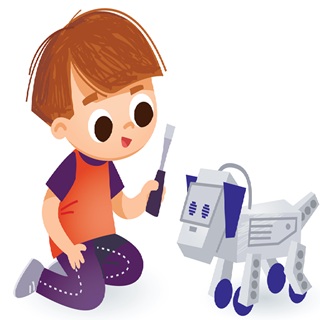About Artificial Intelligence for 7–11 Year Olds
Artificial intelligence, or AI, is the science of creating machines and programs that can think, learn and solve problems. For children, AI often shows up in fun and accessible ways, such as through voice assistants, chatbots and smart devices that can answer questions or play games.
Our quizzes help children explore the exciting world of AI in an age-appropriate way. They’ll discover what artificial intelligence is, test themselves with an AI news quiz, explore whether AI is smarter than people, and even ask if robots can think like people.
AI is shaping the future, and introducing it to children early helps them understand both the benefits and challenges of technology. These quizzes are designed to make learning fun and engaging, while encouraging curiosity and critical thinking.
See the official Government guidance: Wikipedia Artificial Intelligence (AI).
Frequently Asked Questions
Is artificial intelligence safe for children?
Yes, when used responsibly. Tools like quizzes and educational apps provide safe, age-appropriate ways for children to explore AI concepts without exposure to unsafe content.
Why should children learn about AI?
AI is becoming part of everyday life. Learning about it early helps children develop critical thinking and prepares them for a future where technology plays a big role.
Are AI quizzes difficult for 7–11 year olds?
No, the quizzes are designed to match children’s abilities. They use simple language and fun examples to make learning enjoyable and easy to understand.
Author: Tara Kemp (Education Quizzes Team Member)





































